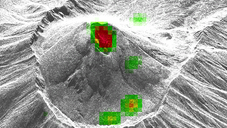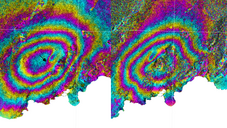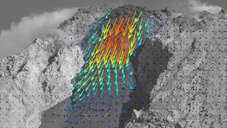InSAR and pixel offset lab



Interferometric Synthetic Aperture Radar (InSAR) and pixel offset tracking are pivotal techniques in our geospatial analysis, offering unparalleled capabilities for monitoring and understanding volcanoes and earthquakes. InSAR exploits phase differences in radar images taken at different times to measure ground deformation with millimeter precision, making it indispensable for applications such as tectonic movement, volcanic activity, and subsidence monitoring. Pixel offset tracking, on the other hand, analyzes shifts in pixel positions between radar and optical images, enabling the detection of larger displacements that InSAR may not capture effectively, such as those caused by lava domes, flows, and other mass movements.
These techniques provide comprehensive and high-resolution data over large and often inaccessible areas, significantly enhancing our ability to predict natural hazards and assess their impact. The integration of InSAR and pixel offset methods allows for a detailed and multifaceted understanding of geophysical processes, facilitating more accurate risk assessments and better-informed decision-making for disaster management and infrastructure planning. In our team, we are training and applying InSAR techniques since many years, as part of the International Training Courses and regular classes at the University Potsdam.
By advancing our capability to monitor the Earth's surface in near real-time, InSAR and pixel offset tracking we contribute to improved understanding of natural disasters.
In our team we have strong computing power, and processing software including GAMMA, SarScape, SarPROZ, and SNAP.